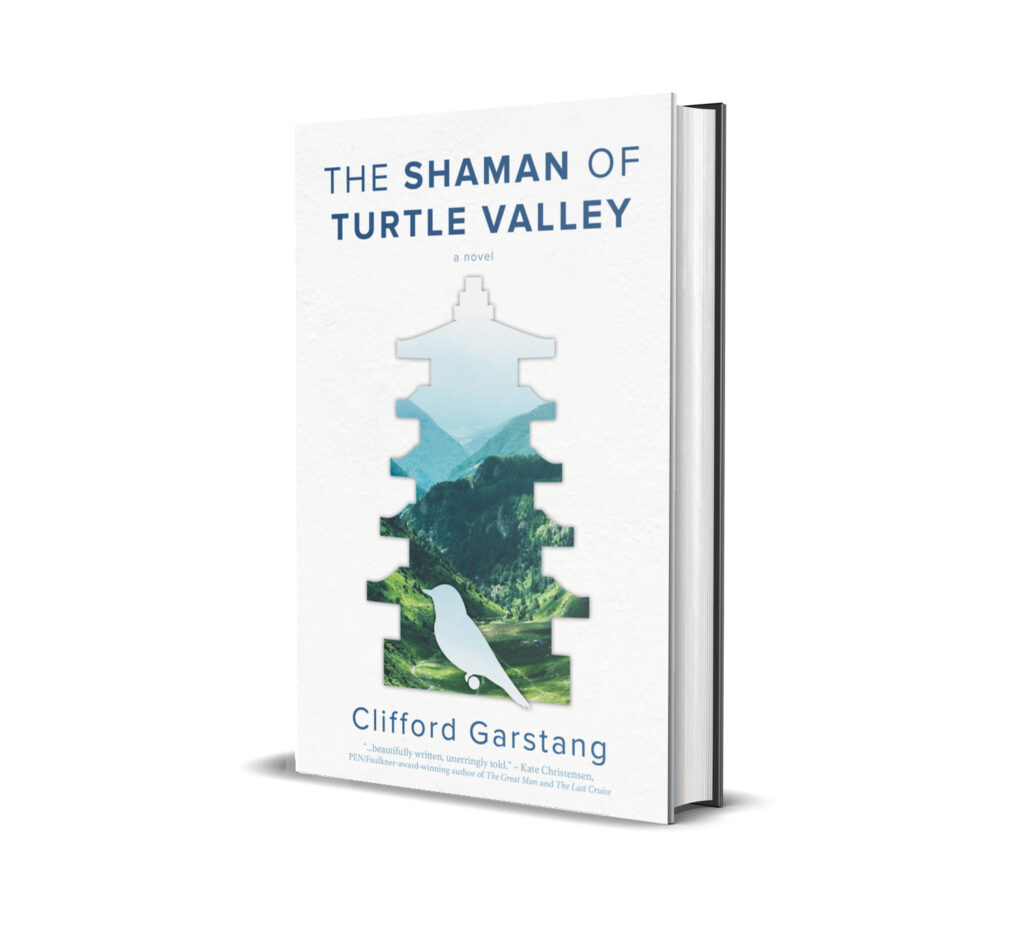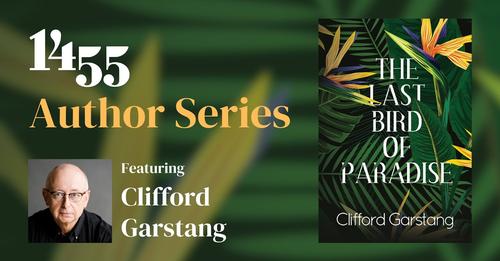In my 2021 novel Oliver’s Travels, the protagonist, Ollie, listens to the advice of his mentor, Professor Russell: “Travel is the key to unlocking the door of consciousness.” Because Ollie is troubled by a muddled memory, he embarks on a trip around the world that he hopes will help him discover what happened to him as a child. Along the way, his eyes are open to the possibilities that appear and the truths they reveal.
Travel has always been my muse, and I was fortunate to have a legal career that required so much international travel. When I began writing fiction, I experimented with a novel set in Southeast Asia, where I had lived for many years, because it made sense to write about a place I knew so well. That novel was never published, but I learned a lot from writing it.
As I was getting more serious about my writing, I relocated from Washington DC to rural Virginia, near a small community in the Shenandoah Valley. It was the first time I had ever lived outside of a city (even my assignment in South Korea during my time in the Peace Corps was in a provincial capital), and so everything was new to me.
Like the character Ollie, my eyes were open to the possibilities. Everything I saw in my community was a learning experience for me and, more to the point, fodder for fiction. For the most part, the stories I began writing were about people who were trying to fit into changed circumstances, a subject I could relate to. I read newspaper articles that gave me ideas. I listened to conversations in bars and restaurants that gave me more ideas and also provided helpful, authentic dialog. And just about everything I saw, from holiday celebrations to wandering livestock to flooding waterways, got me started on a fresh story. Those stories, most of which were published in literary magazines, made up my first collection, In an Uncharted Country, which was published by Press 53 in 2009.
I wrote a few more stories in that vein, but for the most part, I turned my attention back to Washington DC, using as a primary setting the condominium building where I had lived during my time there. What was inspiring about that setting was the diverse neighborhood, just a few blocks north of Washington’s Chinatown. When I began writing stories set in a fictionalized version of that building, I had been traveling to China for the World Bank as a consultant after I left my full-time job there. The memorial to the victims of the Nanking Massacre particularly moved me during a visit to that city. As a result, the stories feature a Chinese immigrant family and one of the themes of the novel in stories that resulted (What the Zhang Boys Know) is bearing witness to atrocities.
Much of the art that hangs on the walls of my house I have acquired while living or traveling abroad. Over my fireplace is a large temple drawing of the mountain god, San Shin (산신) in Korean or Shan Shen (山神) in Chinese. I bought the painting when I lived in Korea in the 1970s and over the years have read folk tales about the mountain god. In 2009, I began writing a novel that was in part inspired by the painting. In fact, the working title for the book was “Descent of the Mountain God,” which I later changed to The Shaman of Turtle Valley when it was published. Although the book is mostly set in Virginia, my travels in Korea and my knowledge of Korean folk customs certainly influenced the book, as did my observations of life in rural Virginia. I thought the juxtaposition was interesting because one of the themes I was exploring was family feuds, and I thought the parallels of the Korean War with the American Civil War fit nicely.

My most recent novel, The Last Bird of Paradise, is set in Singapore, where I lived for many years. Besides the inspiration of a setting that was familiar to me, this book also has its origins in a piece of art, or actually in three pieces, paintings that I bought when I lived in the country. (See the image above.) My paintings were done in 1917 by an Englishwoman and depict the Thian Hock Keng temple. Looking for a story to build around the paintings, I discovered an incident in Singapore in 1915 that had a profound impact on the colony. That became the cornerstone of the novel, although most of the book is a contemporary story about a lawyer who acquires three paintings that speak to her. I recently gave a recorded presentation about the novel, which you can watch here.
Now I’m working on a new project. While I don’t want to say too much about it just yet, I began thinking about it a couple of years ago on a visit to Vienna, Austria, where I attended classical music concerts and visited countless art museums. An idea formed from that experience that continued to take shape during a trip to Berlin last year. All I’ll say now is that the project as it currently stands is a short novel that is influenced by European art, literature, and music.
This is one reason why “writer’s block” isn’t a problem for me. All I have to do is look around me and something will spark my imagination.



